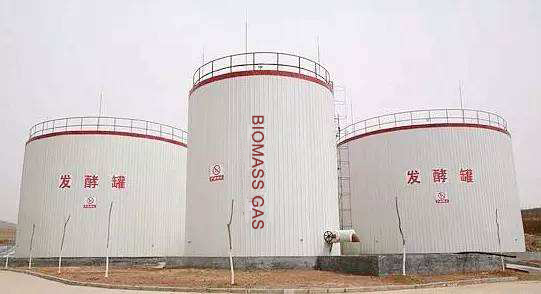
At present, there are five main ways for comprehensive utilization of crop straw: one is as agricultural fertilizer; the other is as fodder; the third is as a new energy source in rural areas; the fourth is as industrial plateau material; and the fifth is as base material.
1. Returning straw to the field. (1) Role. Returning crop stalks to the field is an effective way to supplement and balance soil nutrients and improve soil. It is one of the basic measures for the construction of high-yield fields. After the stalks are returned to the field, the average yield per acre increases by more than 10% (2) Disadvantages. The biggest problem with straw returning is that it is difficult to plow the straw pears into the soil. Even if the straw is successfully plowed into the soil, it may cause problems during the formation of the straw strands in the furrow, that is, it cannot be decomposed at a sufficient speed and will be exposed on the ground during the next tillage. In addition, the straw strands in the furrow will also prevent the roots of the crop from growing deep into the soil. (3) The methods of returning straw to the field include: ① mulching or crushing straw and returning it to the field directly; ② Using high-temperature fermentation to return the straw to the field; ③ Feeding the straw to livestock and returning it to the field; ④ Using the decomposing agent to quickly decompose the straw. In the field, add a certain amount of biological inoculants and an appropriate amount of nitrogen fertilizer and water to the straw, and then pile up at high temperature to make the straw mature 15 to 20 days earlier. Practice has proved that mechanized crushing of straw and returning to the field is the main technical measure and means for comprehensive utilization of straw.
2, straw feed.
(1) Straw is rich in non-starch macromolecular substances such as cellulose, lignin and hemicellulose. As coarse feed has low nutritional value, it must be processed. Treatment methods include physical, chemical and microbial fermentation methods. The palatability and nutritional value of straw treated by physical and chemical methods are greatly improved, but it still cannot be used by monogastric animals. Only when straw is fermented by microorganisms, through the degradation of special enzymes produced by microbial metabolism, the cellulose, lignin, hemicellulose and other macromolecular substances are decomposed into low-molecular monosaccharides or oligosaccharides in order to increase the nutritional value and increase Utilization rate, feed intake rate, feed intake speed, enhance taste and increase feed intake. For example, bio-organic fertilizer, straw can be used as cultivating soil, and after being cultivated with some feed bacteria, it can be used as fertilizer for flowers and vegetables. (2) The main processing technologies of straw feed mainly include: ① Direct crushing and feeding technology; ② Green storage feed mechanization technology; ③ Straw microbial fermentation technology; ④ Straw high-efficiency biochemical protein full-price feed technology; ⑤ Straw ammoniating technology; ⑥ Straw Thermal spray technology.
3. Straw energy.
(1) Biomass is the fourth largest energy source after coal, oil, and natural gas, accounting for 14% of the world's total energy consumption. my country's annual crop straw resources account for nearly half of the biomass energy resources. Many counties in Anhui Province have built thermal power plants, mainly invested and constructed by Kaidi Electric Power Company in Wuhan. (2) The main method of crop straw energy conversion is straw gasification. In addition to straw gasification, straw can also be used to process briquette fuel and produce coal gas.
4. Building materials, light industry and textile materials.
Straw is a high-efficiency and long-term light industry, textile and building materials. It can not only partially replace bricks, wood and other materials, but also effectively protect arable land and forest resources. Straw wallboards are excellent in heat preservation, decoration and durability. Many developed countries have used "straw boards" as a substitute for wood panels and tiles in the construction industry. In addition, processing straw through technical methods can also produce rayon and rayon, produce furfural, caramel, wine and xylitol, process fiberboard and so on.
5. Straw substrate.
The use of straw as a base material for edible fungi is a food-related technology. Edible fungus has high nutritional and medicinal value, and the use of straw as a production substrate greatly increases the source of raw materials for the production of edible fungi and reduces production costs. At present, the use of straw to produce oyster mushrooms, shiitake mushrooms, flammulina velutipes, coprinus comatus and other technologies is relatively mature, but there are problems with higher technical requirements, and the yield of cultivating edible fungi with corn stalks and wheat stalks is low.

